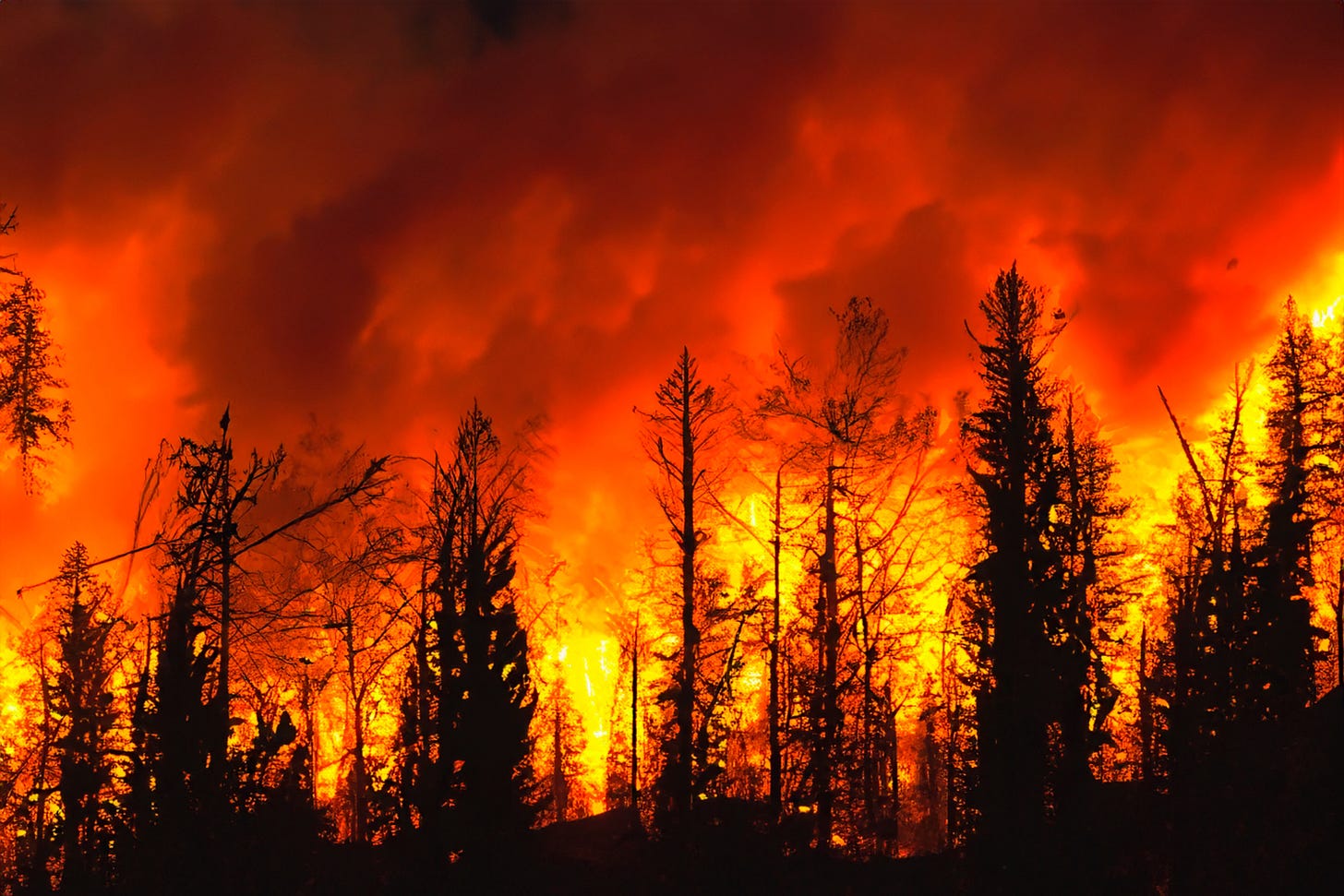Controlled burns help prevent wildfires; Climate change is limiting their use
Climate change means the American West will have 17% fewer safe days to light prescribed fires for wildfire management, according to new research. Winter, however, will see a net 4% increase in the number of favorable days. Implementing controlled burns in the West will require changes to policy and the availability of firefighters.
Fernando Astasio Avila/shutterstock.com
Using a novel method, beams of laser light can be deflected using air alone. An invisible grating made only of air is not only immune to damage from the laser light, but it also preserves the original quality of the beam.
Type 2 diabetes diagnosis at age 30 can reduce life expectancy by up to 14 years
An individual diagnosed with type 2 diabetes at age 30 years could see their life expectancy fall by as much as 14 years, an international team of researchers has warned. Even people who do not develop the condition until later in life – with a diagnosis at age 50 years – could see their life expectancy fall by up to six years, an analysis of data from 19 high-income countries found.
Bioengineering breakthrough increases DNA detection sensitivity by 100 times
Researchers have pushed forward the boundaries of biomedical engineering one hundredfold with a new method for DNA detection with unprecedented sensitivity.
Study quantifies satellite brightness, challenges ground-based astronomy
The ability to have access to the Internet or use a mobile phone anywhere in the world is taken more and more for granted, but the brightness of Internet and telecommunications satellites that enable global communications networks could pose problems for ground-based astronomy. Scientists confirm that recently deployed satellites are as bright as stars seen by the unaided eye.
Wearable sensor to monitor 'last line of defense' antibiotic
Researchers have combined earlier work on painless microneedles with nanoscale sensors to create a wearable sensor patch capable of continuously monitoring the levels of a ‘last line of defense’ antibiotic.
Bursts of star formation explain mysterious brightness at cosmic dawn
In the James Webb Space Telescope’s (JWST) first images of the universe’s earliest galaxies, the young galaxies appear too bright, too massive and too mature to have formed so soon after the Big Bang. Using new simulations, a team of astrophysicists now has discovered that these galaxies likely are not so massive after all. Although a galaxy’s brightness is typically determined by its mass, the new findings suggest that less massive galaxies can glow just as brightly from irregular, brilliant bursts of star formation.
Disaster-proofing sustainable neighborhoods requires thorough long-term planning
Engineers and scientists look at how thoughtful design can reduce a sustainably-designed neighborhood’s energy vulnerability during power disruptions, as well as which design characteristics are needed if and when local populations need to move to shelters. Researchers analyzed the design and energy characteristics of particular kinds of buildings and neighborhoods to assess their vulnerabilities and their access to alternative and renewable energy sources. The authors use several scenarios involving different lengths of power disruption to see which kind of response is most beneficial to the populations affected.




